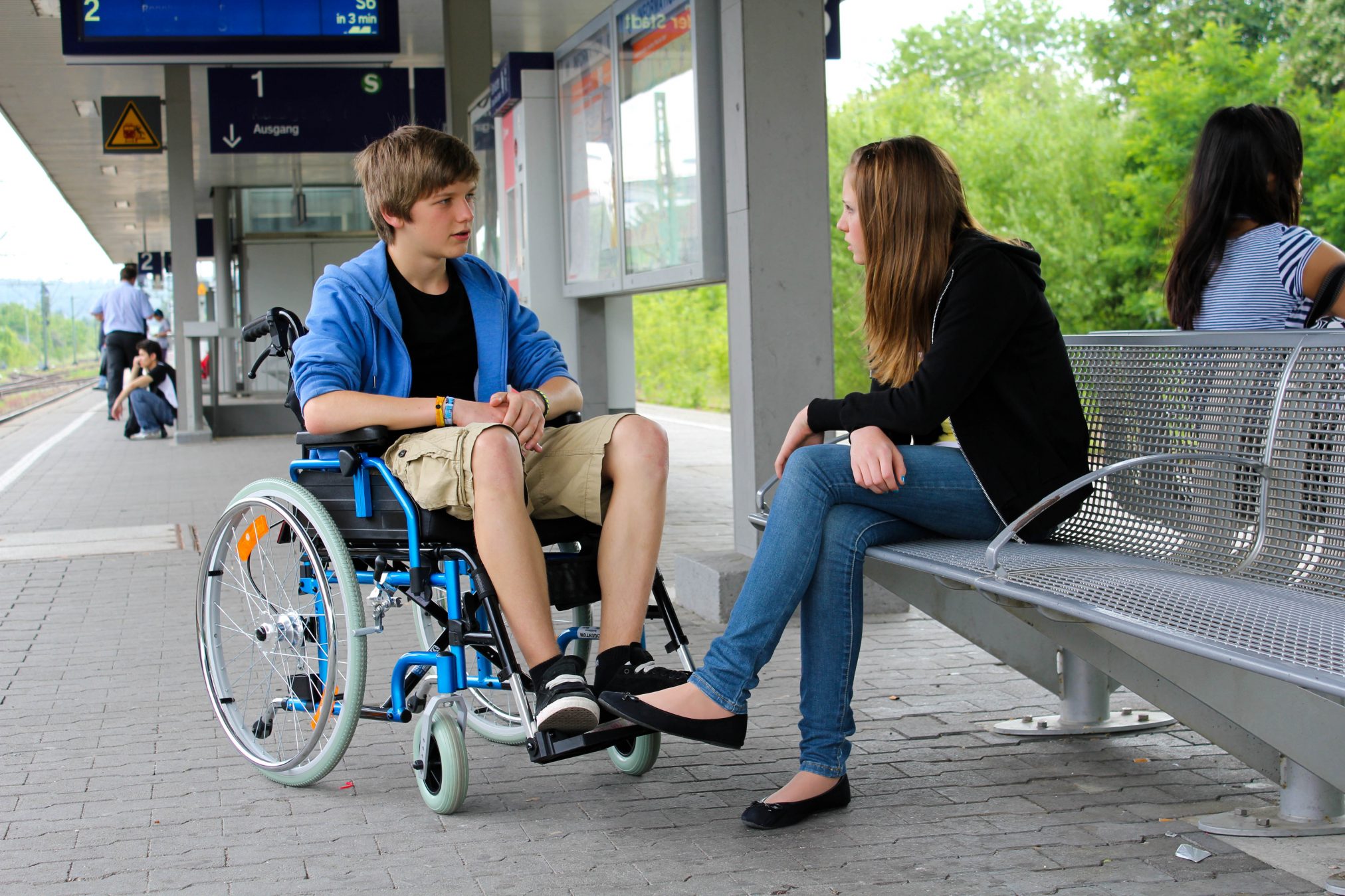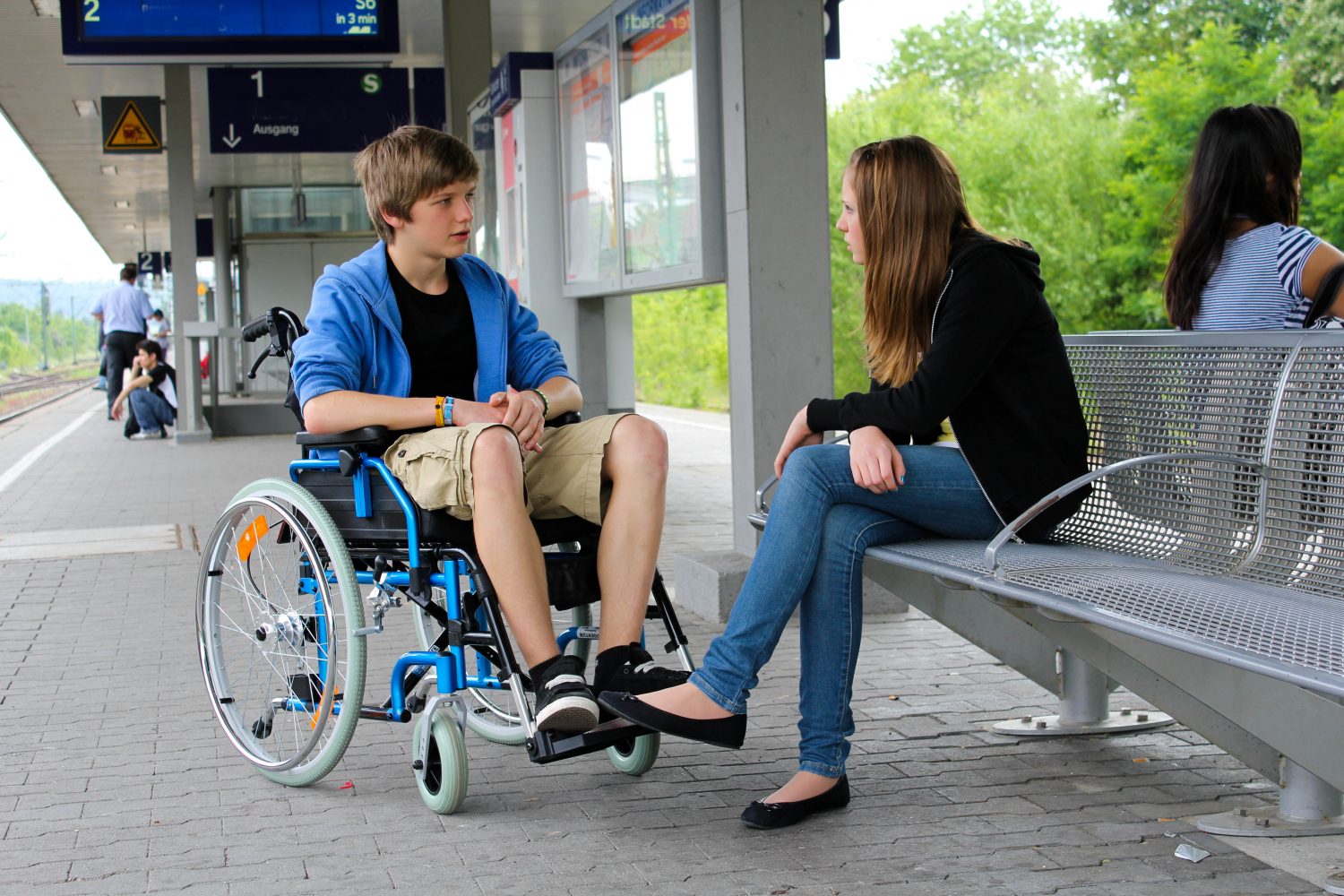Mobility and the freedom to move around is an important facet of independence for people with disabilities.
Organisation and planning well in advance are the keys to successful travel. Whether you’re thinking of a trip away or just navigating your local city, we’ve got some tips so that you can reach your desired destination with as much ease as possible.
Book Accessible Accommodation in Advance
If you’re going away, you need to start planning well before; the more research you do, the better your trip will be. Some hotels have a limited number of wheelchair-accessible rooms, so if you have your heart set on a particular location, it’s best to book as far in advance as possible. Disabled Holidays has a good list of places around Australia which are wheelchair-friendly.
Most tourist attractions such as museums and art galleries have wheelchair-accessible entrances, although sometimes these are hidden from the public and it is worth researching processes beforehand.
For example, the Art Gallery of NSW has a rear entrance for disabled taxis, as well as a back ramp entrance which is a quicker option than the ramp at the main entrance.
Investigate Air Travel
If you’re planning on flying somewhere, check the airline website to find out which medical conditions require a ‘fitness to travel’ clearance. Qantas has clear Medical Travel Clearance Guidelines and certain conditions such as epilepsy have special requirements – if the passenger has had a seizure within the last seven days, they may be approved to travel with an escort and treatment plan.
If you’re travelling in a wheelchair, on most aircraft types they will need to stow your wheelchair in the hold and transfer you to a purpose-built ‘aisle chair’ to take you onto the plane. The airline stewards will assist you in transferring you to your seat. It’s best to get to the airport as early as possible as you will be first on the flight, and last off.
If you require assistance with self-care during a flight, i.e. eating and going to the bathroom, the airline may require you to travel with a Carer or companion.
Buses, Trains and Automobiles
Transport NSW is continually improving their accessible public transport infrastructure, with most trains and buses in Sydney accessible by people with disabilities. There will be a clear sign at bus stops for routes which are wheelchair-accessible. Transport NSW is a great resource to look at as it lists accessible stations.
In addition, The Taxi Transport Subsidy Scheme is available for NSW residents who are unable to use public transport as a result of disabilities. It covers 50% of a total taxi fare, up to a value of $60 per journey.
The sharing economy is also catching up. Car-sharing service Uber now offers the uberASSIST option, which means that the driver will provide extra assistance to the passenger, and also have room for an assistive device, such as a folding wheelchair. Regardless of what type of Uber you order, it is a legal requirement that service animals, such as Guide Dogs, are allowed into the vehicle.

Get a Companion Card
If you have a significant, lifelong need for support to participate in community activities, you will be able to obtain a NSW Companion Card. This allows a person’s Carer or companion entry into many venues and events, and allows free travel for companions on public transport.
The National Disability Insurance Scheme (NDIS) is currently rolling out across Australia. The NDIS supports eligible candidates to achieve their goals and is tailored to the individual. Funded supports include assistance to access community, social and recreational activities.
Zest Care is NDIS ready, with a skilled team who are experienced in providing support to people with disabilities. They can assist you in becoming more independent – find out more today.
Resources:
https://www.qantas.com/travel/airlines/info-on-fitness-to-fly/global/en
https://www.uber.com/toronto-drivers/services/uberassist-faq/








